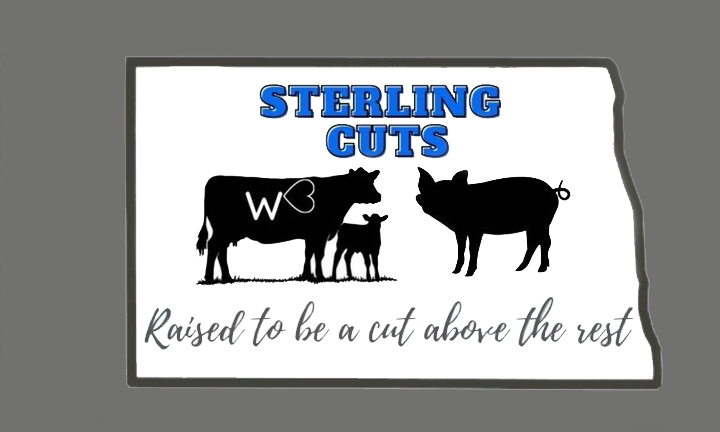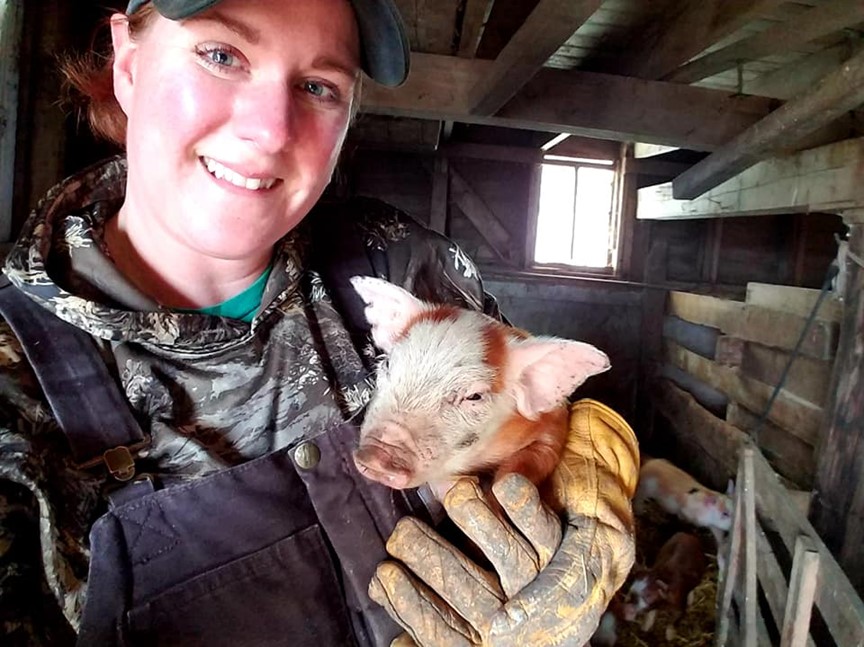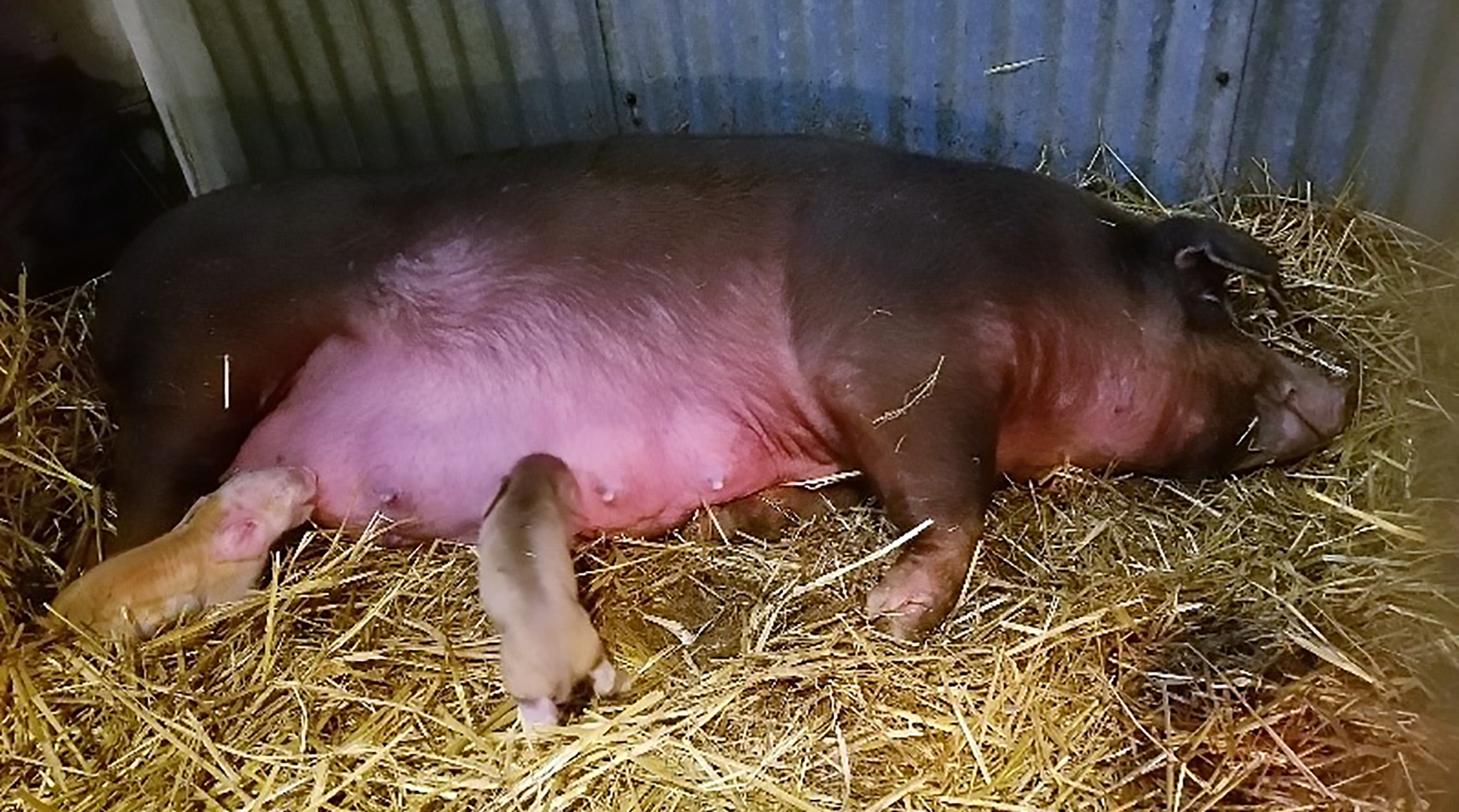By Heather Lang
Spring is in the air, bringing a sense of renewal and hope, vividly painting the landscape with vibrant hues and bustling life. For me, this season symbolizes the hard work and dedication of those who are at the heart of providing our food, fuel, and fiber. The romanticized view with its serene sunrises and sunsets and the harmony of living closely with nature stands in stark contrast to the harsh realities faced by those who work sun up to sun down tilling the land and tending to livestock. The challenges of farming and ranching are immense, extending well beyond the idyllic images often portrayed.
The agricultural markets add an unpredictable element that can significantly impact our livelihoods. Being a farmer or rancher is not for the faint of heart. It presents a list of challenges a mile long and involves navigating a complex and often unforgiving landscape. Financially, the challenges are significant.
It’s true that the ag industry ranks high amongst the most hazardous jobs and as American Farm Bureau reports, “Multiple studies show that farmer suicide rates are 2-5x higher than the national average.” Prices for crops and livestock can fluctuate wildly due to factors beyond our control, such as weather patterns, global market trends, and changes in consumer preferences. This unpredictability is further compounded by the rising costs of farming inputs and operational expenses, creating a financial squeeze that is felt not just by us as farmers, but also by the consumers noticing price increases at grocery stores and farmers markets. The misconception that price hikes are a result of farmers trying to exploit consumers is far from the truth; in reality, many farmers try to keep prices low despite escalating costs.
High overhead costs associated with farming, including land acquisition and maintenance, equipment purchases and repairs, and labor are significant and often require taking on substantial debt.

Due to the financial pressures, our family has found it necessary to diversify and expand our income. Personally, both my husband and I hold full-time off-the-farm jobs in addition to running our farm. Not to mention operating our small business, Sterling Cuts, where we offer our individual cuts of meat that were born and raised on our farm to the public. By offering products directly to consumers, we not only create additional income but also create a closer connection with the community while sharing our passion for this industry. As a lifestyle passed down through generations, farming and ranching embody a legacy of nurturing the land for future generations, highlighting the pivotal role agriculture plays in our lives.
Agriculture is the backbone of this country. Farming and ranching is our lifestyle and goes back for five generations. Our family farm started with cattle, and although we have since diversified by integrating specialty small crops, hogs, sheep, poultry and various other species, cattle are still the bread and butter of our ranch. We are committed to sustaining our family’s agricultural heritage by improving the land and our farm for future generations. Agriculture is an industry that touches everyone's lives.
To follow our story and journey, I invite you to follow us on Instagram @ndpiggytales.
 Heather is the former NDFB District 7 Promotion and Education Committee member and is also a former American Farm Bureau Federation P&E member. She currently serves as the president of Burleigh County Farm Bureau. Heather and her husband, Lucas, raise animals and crops on a 5th generation farm near Bismarck.
Heather is the former NDFB District 7 Promotion and Education Committee member and is also a former American Farm Bureau Federation P&E member. She currently serves as the president of Burleigh County Farm Bureau. Heather and her husband, Lucas, raise animals and crops on a 5th generation farm near Bismarck.
